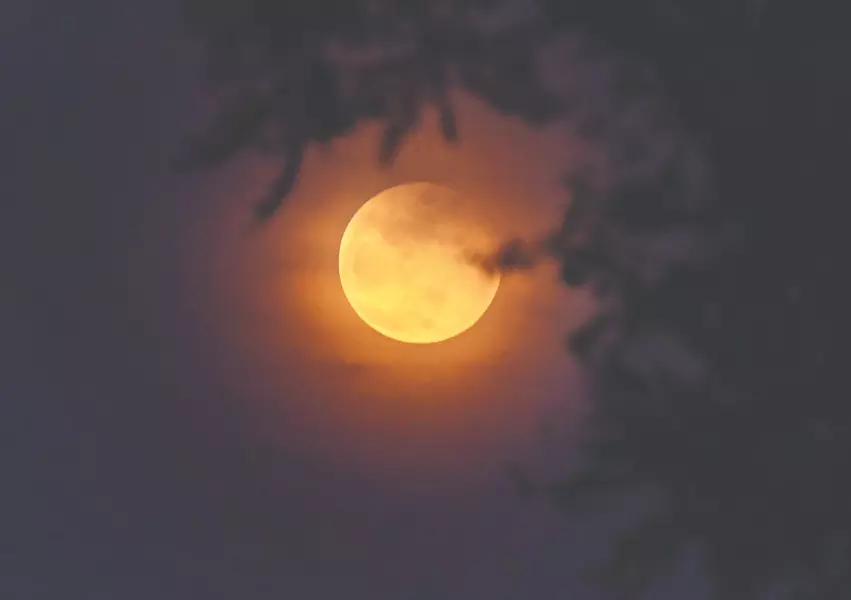Longest total lunar eclipse since 2022 to be visible across India on Sept 7-8

Bengaluru: India will witness its longest total lunar eclipse in recent years on the night of September 7–8, with the rare event visible across the entire country, astronomers confirmed. This marks the first occasion since July 27, 2018, when a complete total lunar eclipse will be observable nationwide.
“The next such opportunity will only arrive on December 31, 2028,” said Divya Oberoi, Associate Professor at the National Centre for Radio Astrophysics, Pune, and chair of the Public Outreach & Education Committee (POEC) of the Astronomical Society of India.
The eclipse will unfold in stages, beginning with the penumbral phase at 8:58 pm on September 7. The partial eclipse, visible to the naked eye, starts at 9:57 pm, while the total phase runs from 11:01 pm to 12:23 am, lasting 82 minutes. The phenomenon ends at 2:25 am on September 8.
Explaining the science behind it, Oberoi said eclipses occur when Earth aligns between the Sun and the Moon, casting a shadow.“The darker inner shadow is called the umbra, while the lighter outer one is the penumbra. As the Moon enters the umbra, we first notice a partial eclipse,” she noted.
During totality, the Moon is expected to take on a striking copper-red hue. “This happens because red sunlight bends through Earth’s atmosphere while blue light gets scattered,” said B. S. Shylaja, former Director of Jawaharlal Nehru Planetarium, adding that the shade depends on atmospheric conditions.
Public observatories, astronomy groups, and science institutions are preparing viewing sessions and live broadcasts. “We’ve compiled details of events and streams on a dedicated webpage for easy access,” said Niruj Mohan Ramanujam, Head of Science Communication at the Indian Institute of Astrophysics.
Astronomers also cautioned against superstitions linked to eclipses, stressing that they are natural celestial events with no harmful effects.



